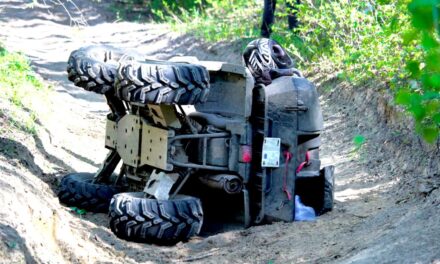By Rick Karle
Roebuck, Alabama-based portrait and sports artist Steve Skipper overcame a troubled early life and gang affiliation to get the ’real job’ and success his mother wanted for him.
“People always tell me I’m a self-taught artist. I tell them I’m a God-taught artist.” — Steve Skipper
He sits in the art studio in his Roebuck, Alabama, basement.
The studio brings him peace — it gives him time to reflect upon what went wrong and, thank Heavens, what went right. “I wait about 30 minutes after I sit down to feel His hand on mine before I start painting,” Steve Skipper told me.
He picks up his brush and feels his hand being guided to the canvas.
How did a Birmingham- area kid who grew up in the ‘60s fall so far? How has he risen so high?
The story of world-renowned artist Steve Skipper will surprise and inspire you. It will take you on a journey from street gangs to Buckingham Palace. It will remind you that, with drive and faith, anything is possible.
“No one will touch you and affect your life more than the subjects I’ve painted.”
The paintings can take months to complete. Steve Skipper works in oils and pastels, acrylics and pencil. He sits in his studio, thinking back to his paintings of Bart Starr, Bobby Bowden, Nick Saban, Gene Stallings, Sylvester Croom, Jalen Milroe, Dr. Martin Luther King. Jr., and his
latest, the late Queen Elizabeth II, a painting commissioned by the Royal Family. He thinks about how far has has come.
It was 1968 when Steve Skipper found himself being bused from Rosedale to Edgewood Elementary School. More area schools were being integrated, and Steve tried his best to make new friends.
Steve took to sketching, and Vernell Saunders, his fourth-grade teacher, took to noticing.
“You are very artistic,” Miss Saunders told Steve. “You should stick with that,” she urged her student.
“I was doing things my parents never knew, and it all took place in the dark.”
He wanted his parents to get along, but Johnnie and Elnora were on the outs. They were arguing and
turning elsewhere. “My family was very dysfunctional,” Steve told me. “My parents showed no affection toward one another — I saw my mother be unfaithful to my father when I was 9 years old.”
The pain was overwhelming. Steve Skipper smoked his first joint. He was 10 years old.
A dark life led to more dark times. “I was 13 years old when I joined a street gang,” Steve told me. It wasn’t just any street gang, it was the Crips — backed by drug kingpins in California and Mexico.
“I snuck out of my house at night — I was picked up and taken to the Southtown housing projects,” added Steve. “When my family was broken, the Crips became my new family.”
“Pot would get me hooked. Cocaine would take me to a place I had never been before.”
It was 1975, and Steve Skipper walked into Homewood High School each morning with a backpack full of drugs — 7 hours later he walked out of school with a backpack full of cash. He sold to students, athlete…. anybody. Once back home, he would hear the arguing. After dinner he would do some sketch- ing before joining the Crips after dark.
“He was so brave. Mike Mitchell told me I had to leave the gang. I had a .45 in my belt.”
At 16, Homewood High School junior Steve Skipper was already a gang leader. It was 1976, and the Crips were celebrating a robbery at Rosedale Park.
“We called him ‘Big Mike’,” Steve told me. “Mike Mitchell was a lifeguard at the park — he walked toward me and my fellow gang members. We were all armed. Mike told me, ‘Put that down and hand your life over to Jesus Christ’.”
“If you go to hear an evangelist preach at Faith Outreach Church in Pratt City, I won’t bother you again,” said Big Mike.
The Word dropped him to his knees.










